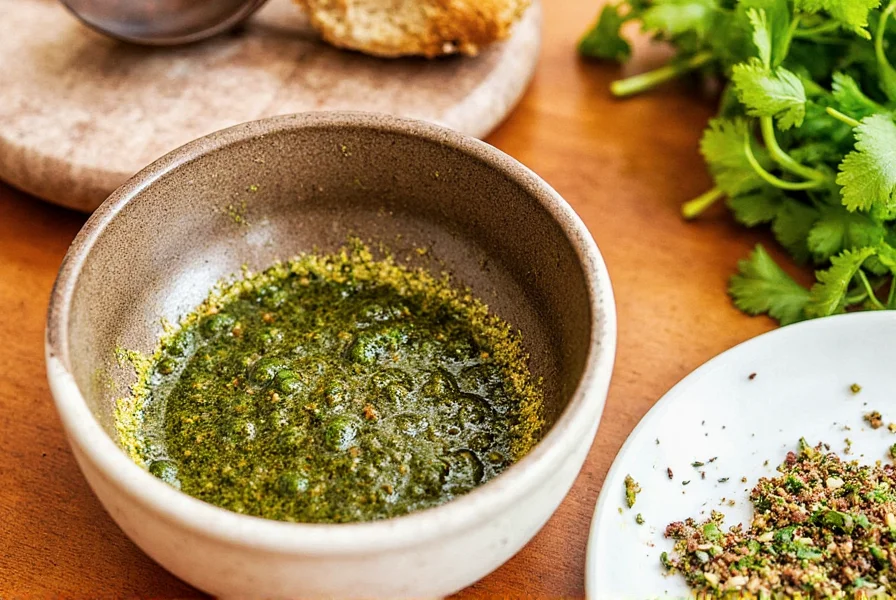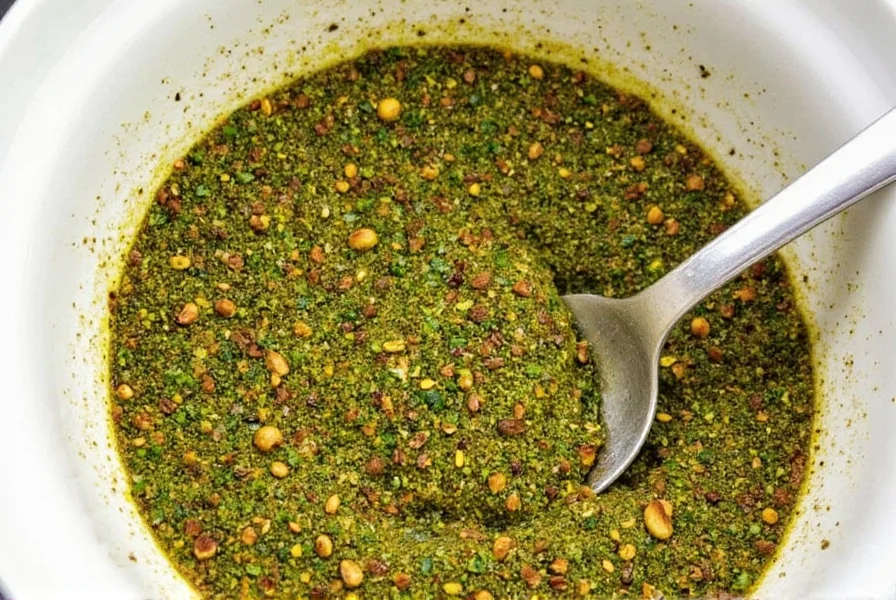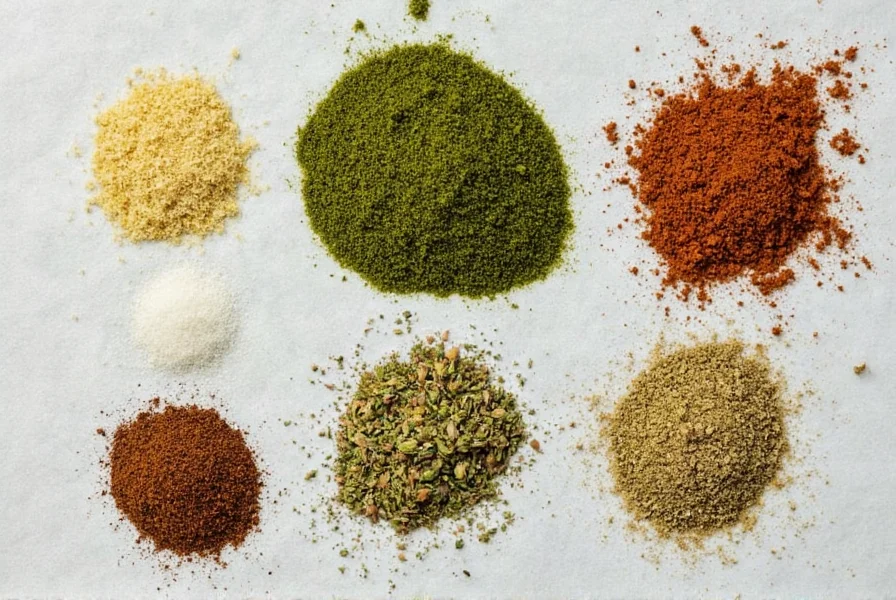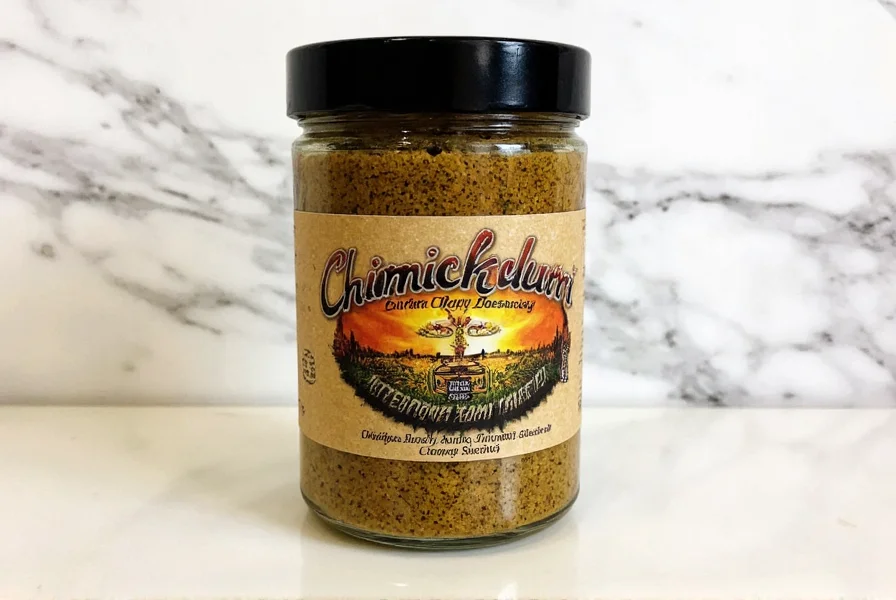Chimichurri Seasoning: A Global Spice Adventure with a South American Twist
Spices have always been the heartbeat of global cuisine, bringing cultures together and adding depth to every dish. Among the many spice blends that have captured the world's attention, chimichurri seasoning stands out as a vibrant, herb-packed sauce that originated in Argentina but has now found its way into kitchens across the globe. Whether you're a seasoned chef or an adventurous home cook, this article will guide you through the history, uses, and benefits of chimichurri seasoning—plus some practical tips to elevate your cooking game.
Table of Contents
- The History of Chimichurri Seasoning
- The Flavors Behind Chimichurri
- How to Use Chimichurri Seasoning
- Buying Guide: How to Choose the Best Chimichurri Seasoning
- Top 5 Tips for Cooking with Chimichurri
- Conclusion
The History of Chimichurri Seasoning
Chimichurri is more than just a sauce—it’s a symbol of Argentine culture and tradition. The name itself is believed to be a corruption of the Spanish phrase “chimí churí”, which means “a bit of this, a bit of that.” This reflects the blend’s simplicity and versatility, making it a staple on Argentinian tables for centuries.
The sauce was originally used to complement grilled meats, especially beef, which is central to Argentine cuisine. But over time, its popularity grew beyond the borders of South America, and today, it’s enjoyed in everything from salads to seafood dishes.

The Flavors Behind Chimichurri
At its core, chimichurri is a fresh, tangy, and aromatic sauce made primarily from chopped parsley, garlic, olive oil, vinegar, and sometimes red pepper flakes. The combination of these ingredients creates a bright, zesty flavor profile that pairs beautifully with rich and fatty foods.
To give you a better idea, here’s a quick breakdown of the main components:
| Ingredient | Description |
|---|---|
| Parsley | Provides a fresh, green base and adds a slightly peppery note. |
| Garlic | Brings a savory, pungent kick that enhances the overall flavor. |
| Olive Oil | Acts as a binder and adds a smooth, buttery texture. |
| Vinegar | Contributes acidity and helps preserve the sauce. |
| Red Pepper Flakes (optional) | Adds a subtle heat that can be adjusted based on preference. |
What makes chimichurri unique is how it balances freshness, acidity, and richness. It’s not overly complex, but it’s incredibly effective at enhancing the natural flavors of the food it accompanies.

How to Use Chimichurri Seasoning
While chimichurri is traditionally served alongside grilled meat, its applications are far more versatile. Here are some creative ways to use it:
- Grilled Meats: Brush it onto steaks, chicken, or lamb before grilling, or serve it on the side.
- Salads: Toss it with mixed greens, roasted vegetables, or even potatoes for a refreshing twist.
- Dips: Mix it with yogurt or sour cream to create a creamy dip for chips, bread, or vegetables.
- Seafood: Drizzle it over grilled shrimp, fish, or scallops for a burst of flavor.
- Stir-fries and Sautéed Dishes: Add it at the end of cooking for a fresh finish.
One of the best things about chimichurri is that it’s easy to make at home. You don’t need any special equipment—just a blender or a mortar and pestle, and you’re good to go.

Buying Guide: How to Choose the Best Chimichurri Seasoning
If you prefer store-bought options, there are several brands offering ready-made chimichurri sauces or seasonings. When choosing one, look for products that contain high-quality, natural ingredients and avoid those with excessive preservatives or artificial additives.
Here’s a quick buying guide to help you select the right chimichurri seasoning for your needs:
| Product | Features | Best For | Occasion |
|---|---|---|---|
| Argentine Heritage Chimichurri | Natural ingredients, no artificial preservatives | Home cooks who want authentic taste | Weekend barbecues, family dinners |
| Herb & Vinegar Chimichurri | Lighter version with less oil and more vinegar | Health-conscious individuals | Salads, light meals, diet-friendly options |
| Spicy Chimichurri Blend | Includes red pepper flakes for a spicy kick | Cooking enthusiasts who like bold flavors | Outdoor gatherings, summer parties |
| Organic Chimichurri Sauce | Made with organic herbs and oils | Eco-conscious buyers | Gourmet meals, special occasions |
| Mini Chimichurri Packets | Portable and convenient | Travelers, picnickers | Picnics, road trips, outdoor events |
Remember, the key to a great chimichurri seasoning is freshness. Always check the expiration date and choose products that are made in small batches for the best flavor.

Top 5 Tips for Cooking with Chimichurri
Whether you’re a beginner or a pro, here are five practical tips to help you get the most out of chimichurri seasoning:
- Make It Fresh: While store-bought versions are convenient, nothing beats the flavor of homemade chimichurri. Try blending fresh parsley, garlic, olive oil, and vinegar for a vibrant taste.
- Use It Immediately: Chimichurri is best when it’s fresh. If you make a large batch, store it in an airtight container in the fridge for up to a week.
- Adjust the Heat: If you like a spicier version, add a pinch of red pepper flakes. If you prefer it milder, skip them altogether.
- Pair It Wisely: Chimichurri goes well with grilled meats, roasted vegetables, and even eggs. Experiment with different pairings to find your favorite combinations.
- Get Creative: Don’t be afraid to experiment. Add a splash of lemon juice, a dash of soy sauce, or even a bit of honey to give it a unique twist.
One of the best parts of chimichurri is its adaptability. It can be customized to suit your personal taste and the occasion at hand.
Conclusion
Chimichurri seasoning is more than just a sauce—it’s a celebration of flavor, culture, and creativity. From its humble beginnings in Argentina to its global popularity today, it continues to bring people together around the table. Whether you’re grilling meat, tossing a salad, or simply looking to add a burst of freshness to your meal, chimichurri has something to offer.
So next time you’re in the kitchen, consider giving chimichurri a try. It’s a simple, yet powerful addition to your spice repertoire, and it might just become your new favorite seasoning.
As we’ve seen, chimichurri seasoning is a perfect example of how global spice traditions continue to influence and enrich our culinary experiences. It reminds us that food is not just about taste—it’s about connection, history, and shared moments. And that, in itself, is a recipe worth savoring.












 浙公网安备
33010002000092号
浙公网安备
33010002000092号 浙B2-20120091-4
浙B2-20120091-4